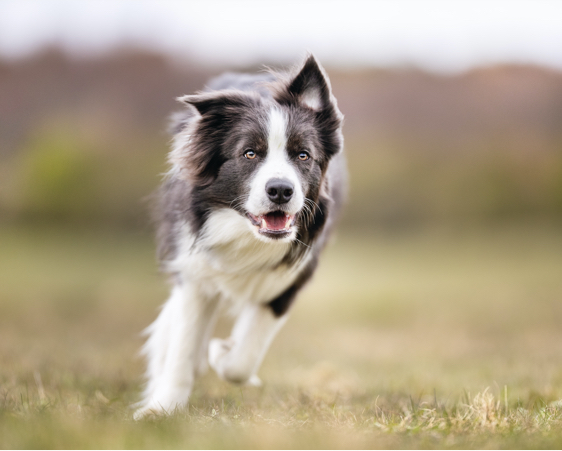Just like humans, our canine companions thrive on regular exercise to maintain a healthy and happy lifestyle. From bounding through open fields to playing a spirited game of fetch, dogs revel in the joy of physical activity. In this guide, we’ll explore the importance of exercise for dogs, the various types of activities to keep your furry friend fit, and how to tailor workouts to suit different breeds and energy levels.
The Importance of Dog Exercise:
Regular exercise is essential for a dog’s overall well-being. Physical activity not only helps to maintain a healthy weight but also supports cardiovascular health, strengthens muscles, and promotes mental stimulation. Dogs are natural explorers and hunters, and without an outlet for their energy, they may develop behavioral issues or become bored and restless.
Types of Dog Exercise:
- Outdoor Adventures: Dogs are outdoor enthusiasts, and nature provides the perfect playground for them. Take your furry friend on hikes, nature walks, or trips to the dog park. Exploring new scents, sights, and sounds not only provides physical exercise but also engages their senses, offering a holistic experience.
- Fetch and Retrieve Games: Classic games of fetch are timeless and highly effective in burning off excess energy. Whether in your backyard or at a designated dog play area, a game of fetch allows your dog to sprint, leap, and use their natural instincts to chase and retrieve.
- Agility Training: Agility courses offer a structured and challenging way for dogs to exercise both their bodies and minds. Set up a DIY agility course in your backyard using tunnels, hurdles, and weave poles. Not only does this provide physical exercise, but it also enhances your dog’s coordination and problem-solving skills.
- Swimming: Many dogs love the water, and swimming is an excellent low-impact exercise that engages multiple muscle groups. If your dog enjoys water, consider taking them to a dog-friendly beach or a pool. Swimming is particularly beneficial for dogs with joint issues or older dogs who may find other forms of exercise challenging.
- Interactive Toys and Games: Incorporate toys that encourage mental and physical stimulation. Puzzle feeders, treat-dispensing toys, and interactive games engage your dog’s brain, offering both a challenge and a reward. These activities are especially beneficial for breeds that thrive on problem-solving.
- Jogging or Running: For high-energy breeds, jogging or running is an excellent way to provide a thorough workout. Start with short distances and gradually increase intensity based on your dog’s fitness level. Remember to consider your dog’s age, breed, and any health concerns before starting a running routine.
Tailoring Exercise to Breed and Age:
Different dog breeds have varying energy levels and exercise needs. High-energy breeds, such as Border Collies or Labrador Retrievers, require more intense and frequent exercise sessions. On the other hand, smaller or less active breeds may benefit from gentler activities like short walks or indoor play.
Additionally, the age of your dog influences the type and intensity of exercise. Puppies may have bursts of energy but also need plenty of rest for proper growth and development. Senior dogs may require lower-impact exercises that are easy on their joints.
Dog exercise is more than just a physical requirement; it’s an opportunity to strengthen the bond between you and your furry friend. Whether it’s a brisk jog, a game of fetch, or an adventurous hike, finding activities that cater to your dog’s needs and preferences is key. Regular exercise not only keeps your dog healthy and happy but also provides an avenue for them to express their natural instincts and behaviors. So, unleash the fun, tailor your workouts to suit your dog’s unique characteristics, and embark on a journey of shared joy, well-being, and endless tail wags.

